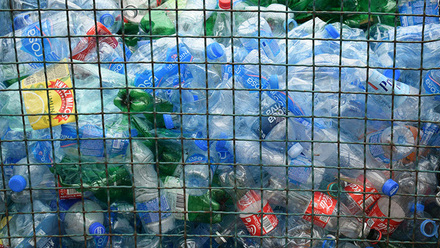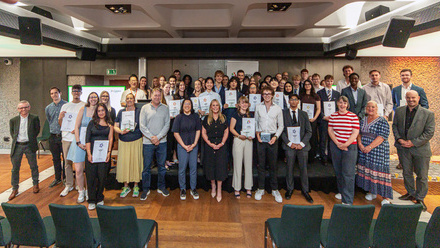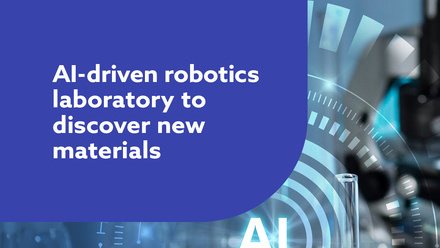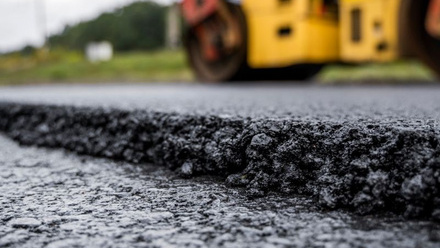Trends in green metallurgy
Dr Michael Ford MIMMM at Haseltine Lake Kempner explores patent filing trends in green metallurgy.
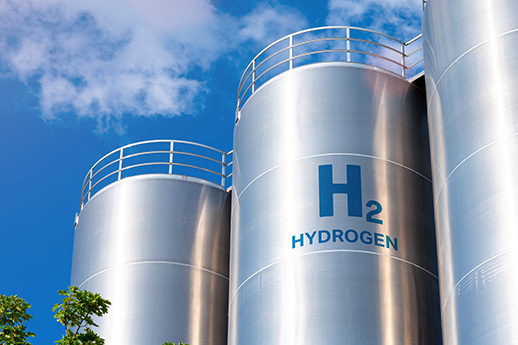
Earlier this year, the European Patent Office (EPO) and the International Energy Agency (IEA) reported the results of a joint study on global patent data for innovation in the hydrogen economy. The report encompassed the full range of hydrogen-related technologies, including supply, storage, distribution and transformation. It also considered end-use applications of hydrogen beyond the automotive sector and highlighted, in particular, decarbonising steel production.
The replacement of coal and natural gas with hydrogen as the reducing agent in steel manufacture, along with an increased reliance on green electricity as an energy source, could be a game-changer on the path to net-zero. According to the IEA, the steelmaking sector is the largest industrial source of carbon emissions (1.41t CO2/per tonne of steel produced) and accounts for 8% of global final energy demand.
According to the report, businesses and research institutes in Europe and Japan are the clear leaders in hydrogen innovation, including in the steel industry. European and Japanese applicants together account for more than half of all international patent filings relating to hydrogen use in iron and steel production over the period 2011-20.
The data also shows that the number of published patent applications peaked in 2014 for the three main hydrogen-based steel production technologies – direct reduction with hydrogen, blast furnace production with hydrogen blended with coke, and hydrogen-based smelting. The applications dropped thereafter, and then began to pick up again between 2017 and 2020. The report suggests that these trends were driven by two major research programmes – ULCOS and COURSE50 in Europe and Japan.
Additionally, the research indicates that Japanese steel producers (with JFE Steel, Kobe Steel and Nippon Steel in first, third and fifth place, respectively) have been filing the most patent applications for hydrogen-related steel technologies. Korean Posco and German producer Thyssenkrupp are in second and fifth places, respectively. Siemens in Germany and Primetals in the UK top the list of steel production equipment suppliers innovating in hydrogen.
The joint report focuses on hydrogen patenting trends up to 2020. However, recent data shows that progress continues to be made in improving the environmental impact of steel production and metal processing, although with a somewhat different technological focus.
For example, patent applications are categorised by the EPO according to the Cooperative Patent Classification (CPC) scheme. The CPC classification Y02P 10/00 covers climate change mitigation technologies related to metal processing. This category includes technologies for reducing greenhouse gas emissions, such as by capturing or storing CO2 or avoiding CO2 production through the use of hydrogen; recycling metals; improving process efficiency; and using renewable energy sources.
At the time of writing, a search of the World Intellectual Property Organization (WIPO) Patentscope database identifies over 83,000 patent families in the Y02P 10/00 classification that were published globally since the beginning of 2020.
Perhaps unsurprisingly, around 79% of the patent applications uncovered in the Y02P 10/00 classification are published by the Chinese patent office. This likely reflects the global importance of the Chinese metals industry. According to the World Steel Association and the International Aluminium Institute, China produced 54% of the world’s crude steel and accounted for around 59% of global aluminium production in 2022.
Four of the top 10 applicants in the field over this period were also based in China, including Central South University and the Kunming University of Science and Technology in first and fifth places. Japanese corporations JFE Steel, Nippon Steel and Sumitomo Metal Mining came second, third and fourth in the list. Other top contributors include the Hewlett Packard Development Company, the Jinchuan Group, Siemens, China ENFI Engineering and Northeastern University, USA.
Within the Y02P 10/00 class, around 60% of the applications identified are published in sub-classification 10/20 relating to the use of recycled materials such as scrap metal. The top patent filers in this field are the Central South University, Sumitomo Metal Mining, Nippon Steel, Kunming University of Science and Technology, and JFE Steel.
Moreover, around 36% of the applications published in sub-classification 10/25 relate to improvements in metal processing efficiency. The most prolific filers in this field are the Hewlett Packard Development Company, Siemens, General Electric and Seiko Epson.
In contrast, fewer than 0.5% of the uncovered applications concern methods that avoid production of CO2 (sub-classification10/134), e.g. by using hydrogen, while fewer than 0.1% concern metal processing using renewable energy sources (sub-classification 10/32). The patent data therefore indicates that recycling and efficiency improvements are the current focus in both industry and academia when it comes to reducing the environmental impact of metallurgical processes.


